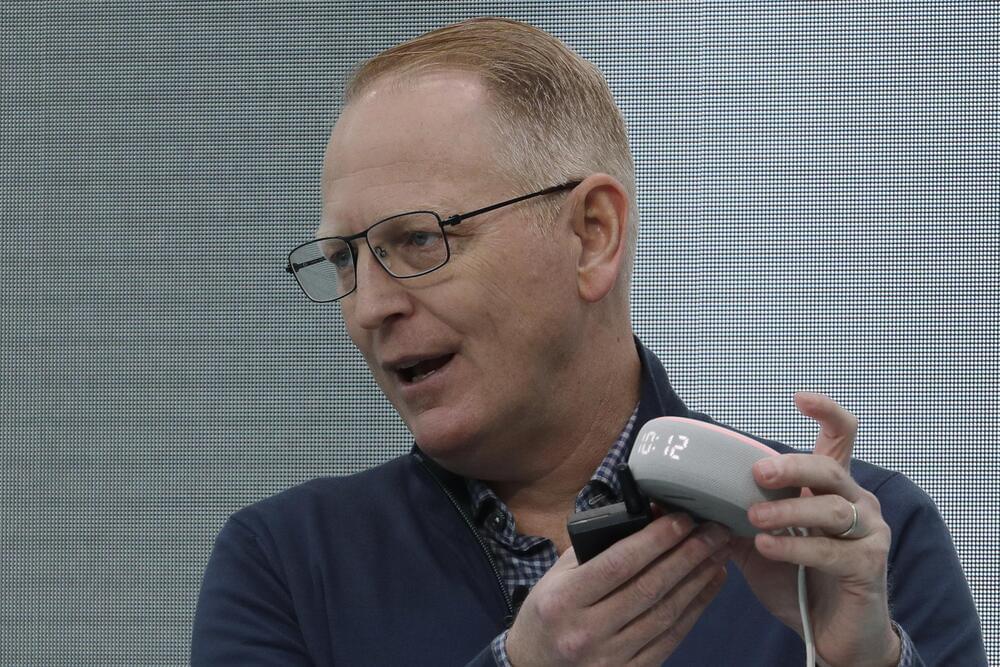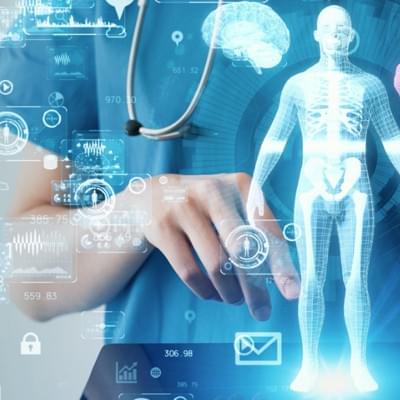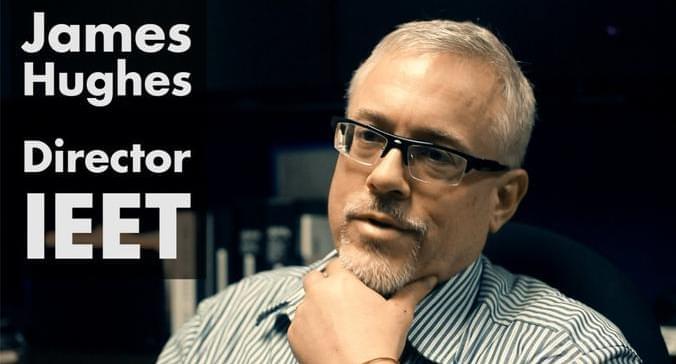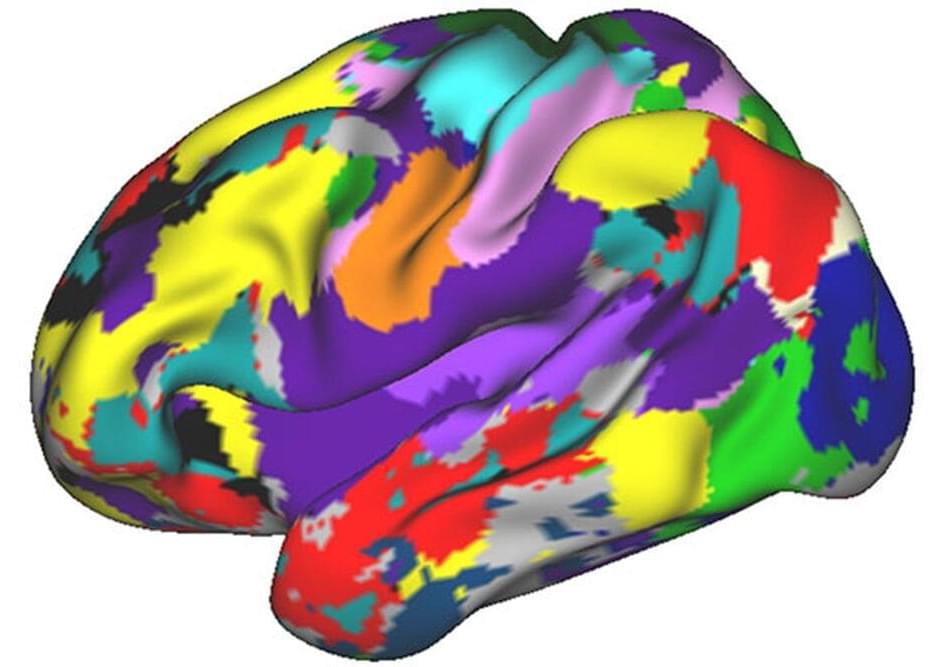Is the Chief Medical Officer at Current Health (https://currenthealth.com/), a Best Buy Health company (https://healthcare.bestbuy.com/) and part of the American multinational consumer electronics retailer.
Current Health is an organization that enables the delivery of healthcare services in the home to enable healthcare organizations to deliver high-quality, patient-centric care at a lower cost. The company integrates patient-reported data with data from biosensors – including their own continuous monitoring wearable devices – to provide healthcare organizations with actionable, real-time insights into the patient’s condition. Leveraging clinical algorithms that can be tailored to the individual patient, Current Health identifies when a patient needs clinical attention, allowing organizations to manage patient care remotely or coordinate in-home care via integrated service partners. The Current Health platform brings together tele-health capabilities, patient engagement tools, and in-home connectivity to provide a single solution to manage all care in the home. Dr. Wolfberg also leads implementation and account management at the organization.
Previously, Dr Wolfberg worked in medical affairs at Ovia Health, a leading maternity and family benefits solution for employers and health plans (which was acquired by LabCorp), athenahealth (network-enabled services, mobile apps, and data-driven insights to hospitals and medical organizations) and Ariosa Diagnostics.
Dr. Wolfberg trained in OB/GYN and maternal-fetal medicine at The Johns Hopkins University School of Medicine, and has an MPH from Johns Hopkins School of Hygiene and Public Health.
Before going to medical school, Dr. Wolfberg was a print journalist. He blogs at www.adamwolfberg.com, and has written for magazines and websites including the Boston Globe Magazine, Slate.com, Huffington Post, and WSJ.com. His first book, Fragile Beginnings : Discoveries and Triumphs in the Newborn ICU, was published by Beacon Press in 2012.








